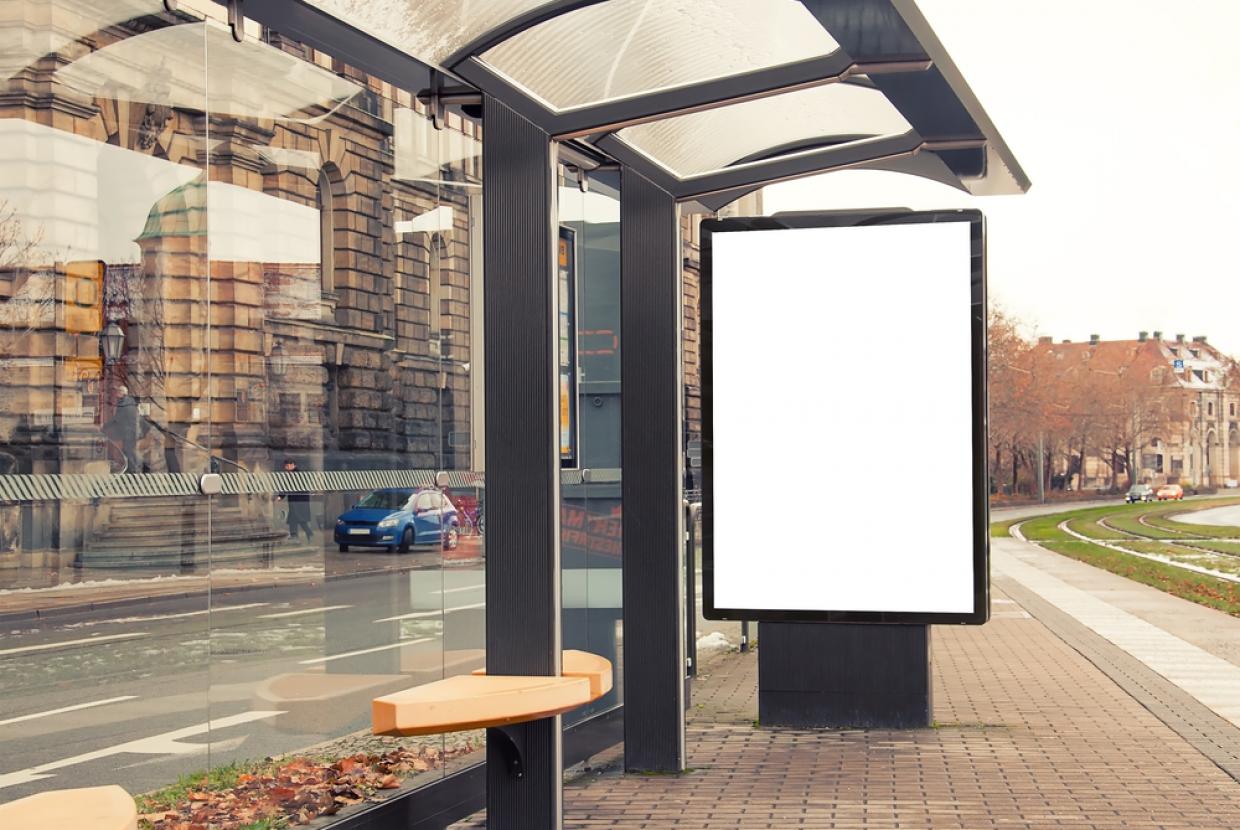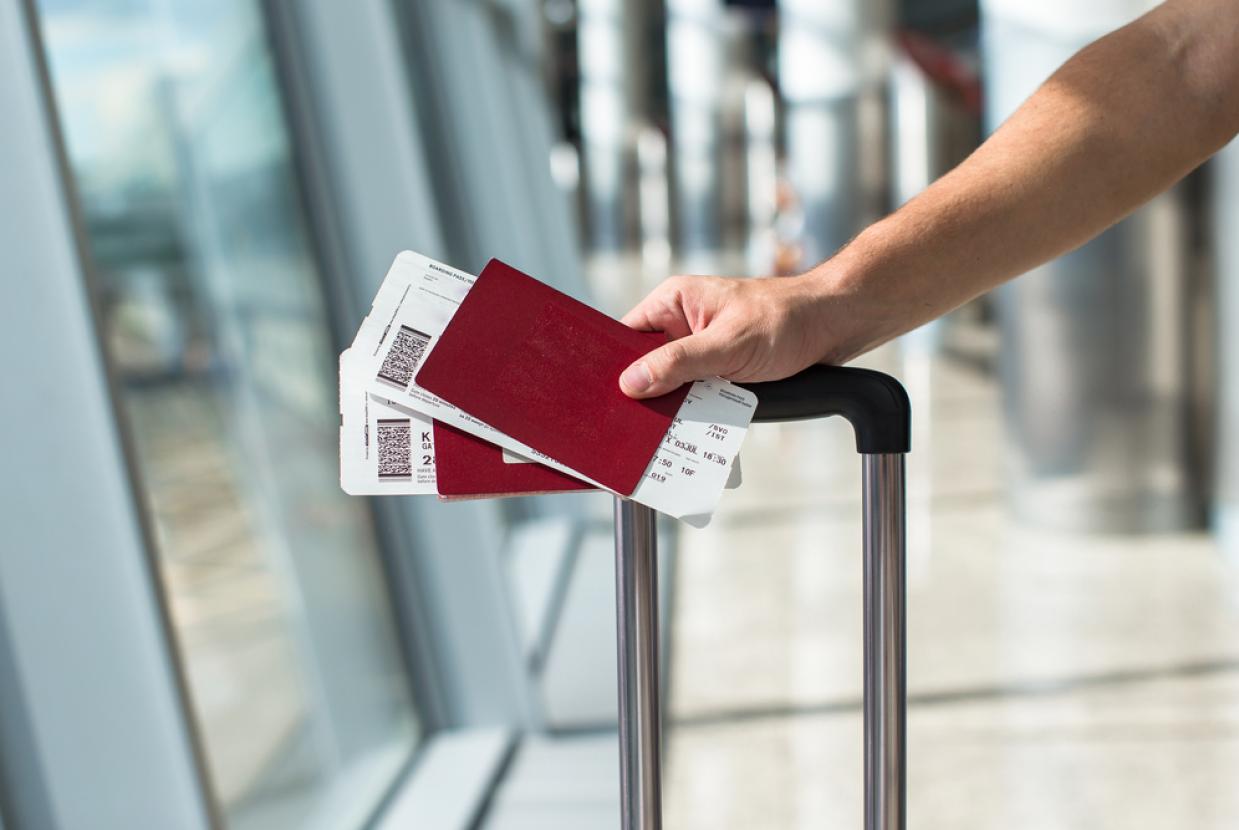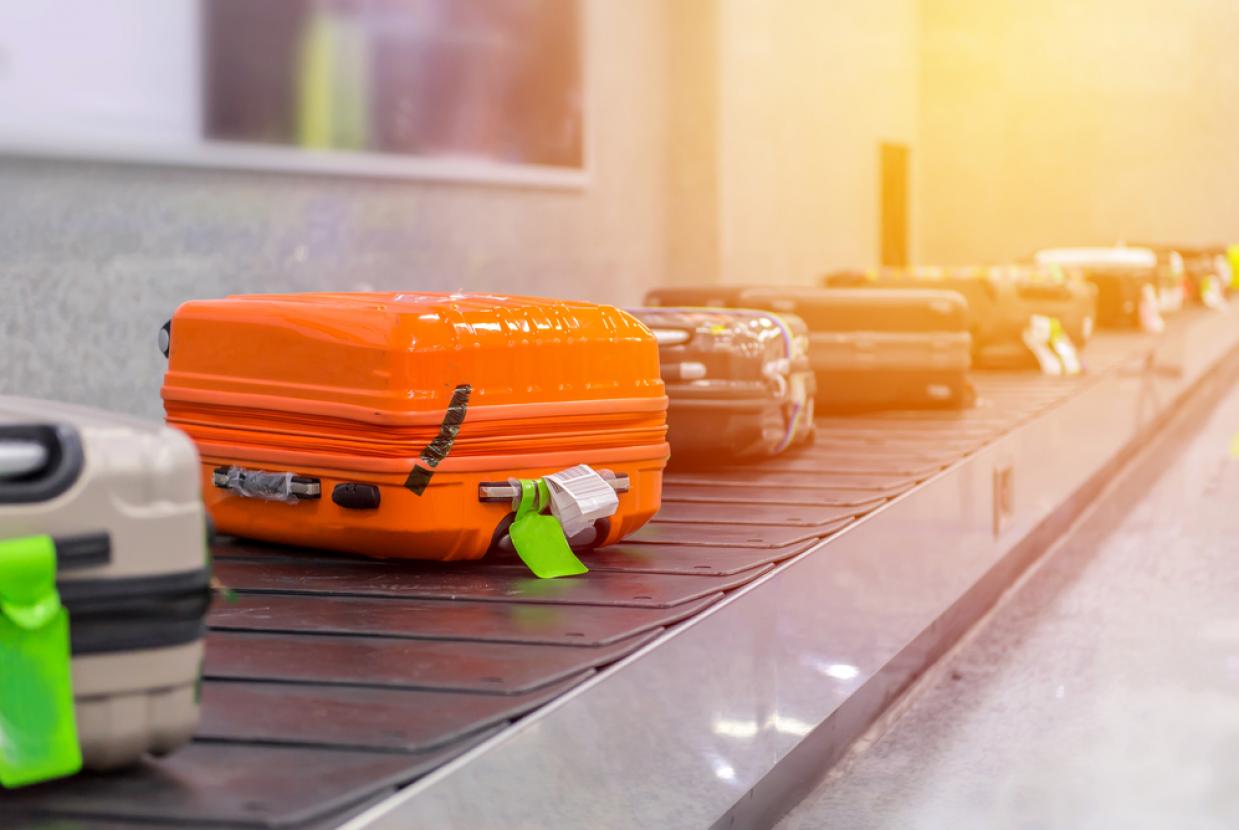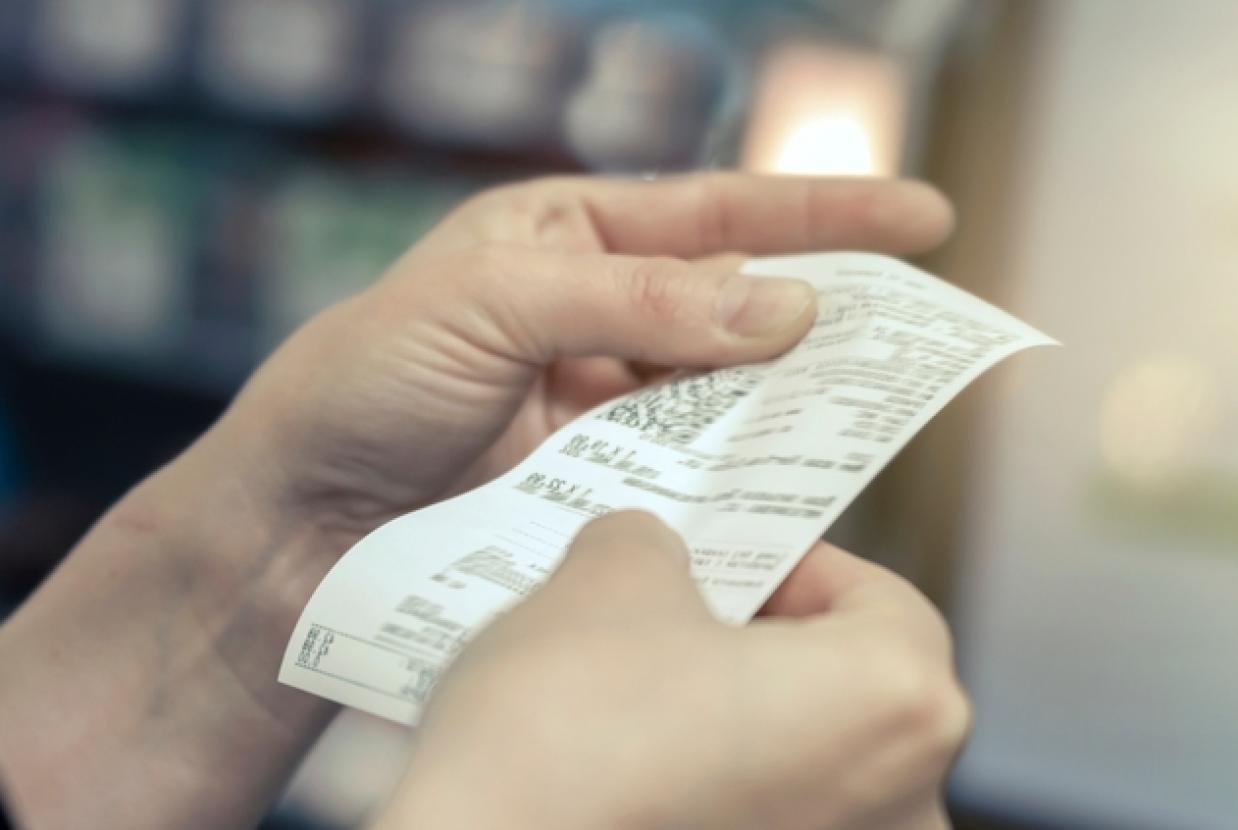What Is Temporary Car Insurance?
Consumer Rights & Advice / Cost of Living HelpTemporary car insurance, or short-term car insurance, gives you coverage for a specific period – typically between one hour and 28 days. It’s a flexible solution for things like emergencies and short trips. Driving without insurance is illegal, no matter how short the journey. Short-term car insurance means you won’t get caught without cover.
How does temporary car insurance work?
Temporary car insurance lets you drive for the time you need without taking out an annual policy. You pay to drive for a specific period. Once that time is up, you can no longer drive.
Types of temporary car insurance
There are various types of temporary car insurance for different uses.
Hourly car insurance
Hourly car insurance covers you for one hour. Hourly car insurance can be useful for short journeys, such as if you’re test-driving a car or if you’ve bought a new car and need to drive it home.
Daily car insurance
Daily car insurance covers you for a single day. Daily car insurance can be useful for road trips when you’re sharing driving with the owner of the vehicle or if you plan to borrow someone’s car.
Weekly car insurance
Weekly car insurance covers you for 7 days. Weekly car insurance is useful for holidays, business trips, or when you’re between annual insurance policies.
Who is temporary car insurance for?
Temporary insurance might be useful if you’re:
- test driving a car before buying it
- renting or borrowing a car
- in an emergency, such as if your car is unavailable after an accident and you need to drive another one.
How much does temporary car insurance cost?
Temporary car insurance costs can vary depending on how long you’re insuring it for and various factors, including your:
- age
- job
- location
- and driving history
and your car’s
- make
- model
- and mileage.
Less experienced drivers and more expensive cars typically cost more to insure.
You’ll usually get better rates for annual car insurance, especially if you pay for the whole year at once. Drivers who pay monthly may be charged interest, so temporary car insurance can be costlier if you’re using it for longer periods. However, if you only need cover for a short time, temporary car insurance can be one of the best ways to cut your car costs.
What levels of cover can you get with temporary car insurance?
Some insurers offer various levels of temporary car insurance, such as:
- third-party – covers you against damage to other people’s property or injury to others caused by your car, but not damage to your car
- third-party, fire and theft – as above, with added cover for repairing or replacing your car if it’s damaged by fire or stolen
- comprehensive – all of the above, including repairs or replacement costs if your car is damaged due to an accident, vandalism, or other incidents, and coverage for medical bills resulting from an accident.
Temporary car insurance is usually comprehensive, meaning you’re fully covered against most things you could need to claim for. However, temporary car insurance typically doesn’t cover things like wear and tear, mechanical breakdowns, intentional damage, or commercial use. You may need extra coverage to drive abroad. Check your policy details to find out what level of cover you have.
What are the alternatives to temporary car insurance?
Driving other cars with your existing comprehensive policy
Comprehensive car insurance doesn’t usually mean you can drive any car. For that, you’ll need Driving Other Cars (DOC) cover – an extension of your existing policy that typically gives you third-party cover when behind the wheel of someone else’s car. DOC cover is usually only available for drivers aged 25 and over.
Regardless of your level of cover, you always need the owner’s permission to drive their car. Check your policy to see if it includes DOC before driving someone else’s car.
Become a named driver on someone else’s policy
Named driver car insurance lets you add another driver to your existing cover. Named drivers typically get the same level of cover as the main driver.
However, if the named driver has an accident and makes an insurance claim, it falls under the main driver’s policy and will affect their no-claims discount.
This is a good option for young drivers looking to share a family car. For more information, read the guide to car insurance for young drivers. You should always check your policy details before driving someone else’s car.
Taking out an annual car insurance policy and cancelling when you no longer need it
You can cancel your annual car insurance policy at any time, even if you’ve paid up-front. However, you may be charged a fee. Insurers must include a minimum 14-day ‘cooling-off period’ for new customers. This lets you cancel within 2 weeks of your purchase, usually without fees.
Cancelling part-way through your policy might be a good option if you no longer need insurance. However, you probably won’t receive a full refund. Check your policy’s cancellation details to find out if you will be charged a fee.
The advantages of temporary car insurance
Temporary car insurance has various advantages, including:
- cost-effectiveness: it may be more affordable than committing to an annual policy or adding new drivers to existing policies
- flexibility: it can be tailored to suit your needs, starting from as little as one hour.
The disadvantages of temporary car insurance
- cost: temporary insurance can be more expensive than annual insurance if you end up extending it
- no no-claims bonus: it won’t earn you any no-claims bonus.


























